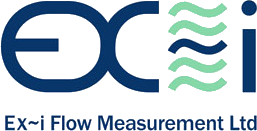Underground mines can be dangerous places, where potentially harmful gases need to be monitored and controlled to reduce risks of explosions and allow standard mining operations to take place. So how can flow measurement be used in the mining industry and how does it reduce these risks?
Controlling the mine atmosphere
Conditions in a mine must be carefully monitored and maintained. This requires constant measurement of the levels and flow of oxygen, carbon monoxide, carbon dioxide and methane in shafts and goafs within the mine. These readings indicate the long and short term trends, therefore enabling miners to anticipate potential combustion whilst monitoring explosive atmospheres in sealed parts of the mines. These measurements are conducted 24 hours a day to ensure the safety of the mine for the workers and minimise chances of explosions.
Monitoring greenhouse gases
Miners also have to regularly and accurately measure and monitor carbon dioxide and methane with flow technology. They measure the gas flow rate using ultrasonic technology, as well as the temperature, pressure and humidity. This is in order to meet government regulations for controlling greenhouse gas emissions. This not only used to ensure the miners’ safety but also to calculate tax liability and avoid potentially high tax charges due to large greenhouse gas emissions.
Measuring air ventilation
Proper ventilation is essential in any mine and this is monitored by constant accurate measurement of air flow. The flow meter measures air velocity across the entire tunnel cross-section of the mine and displays the measurement result via the analogue output. This supplies and replenishes the working area of the mine with fresh air and exhausts the mine air, in turn minimising risk to the miners and the formation of explosive atmospheres.
